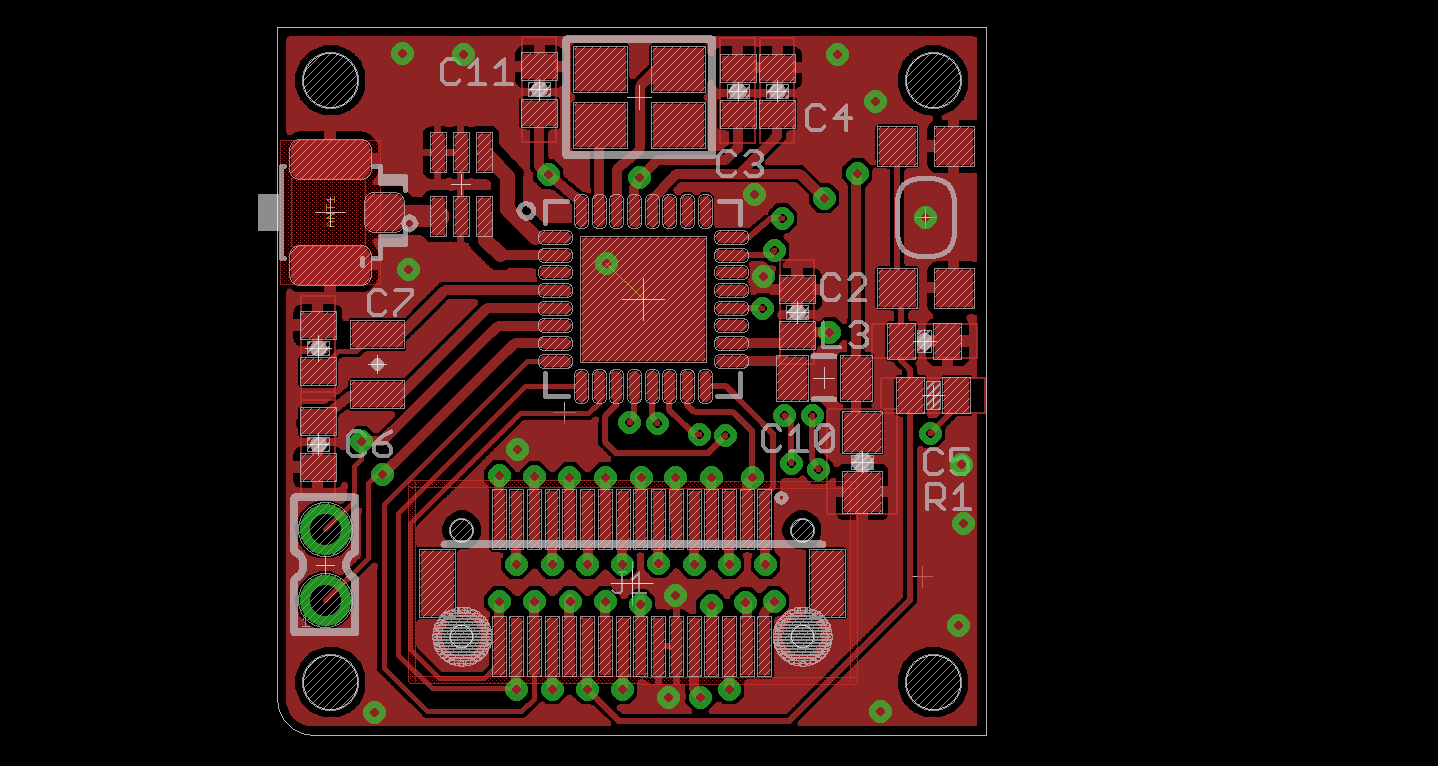After attempting to create a radio PCB for the Flea, I ran into an issue that I'm sure most RF EE's run into.....not enough board area!
Yes, there's many small radio modules out there, like the HopeRF varieties with are 16x16mm. My problem is that in order to fit it into the Tinyduino form factor, I need to account for mounting holes and associated standoffs, the stacking connector AND incorporate some kind of antenna connector.
So even though the SX1276/SX1278 would be ideal for a small satellite, the passives required for the filter etc on the RF front end take up too much space.
So what options do I have?
You may have heard of KickSat? It was a Kickstarter project to send a cubesat into space, and onboard the mothership was almost a hundred "Sprites". These "Sprites" are 35x35mm satellites! Each one had a Texas Instruments CC430F5137 Microntroller on it. This is a low power 16 bit microcontroller with a 433Mhz radio built-in. Due to their configuration, they don't require a huge number of additional components.
I did consider creating a PCB with this micro in it, but TI have now made available their CC1310 . Like the CC430, it is a microcontroller with a radio in the same chip. In this case, it's actually an ARM Cortex M3, with a radio module, and the radio itself has a Cortex M0 in it!!!!
And best of all, its available in a 5x5mm package. (Its actually available in a 4x4mm package, but with reduced GPIOs)
The other good thing about TI radio modules is that you can get a single component front end filter / balun, that allows a single ended 50ohm impedance antenna to be used with it. (Thanks Michael Ossmann!!) The part for 433Mhz is the Johansen Technology 0433BM15A0001 . TI even have a Design Note about it!
So in case that's too much reading - I basically just connect the 1 component to the RF outputs on the chip, and then connect it to the antenna connector!!!!!
AND because it's a microcontroller as well, I can connect the GPIO's up to the backplane connector, allowing me to connect additional sensors or modules.
Here's the almost complete board!!!

 OzQube
OzQube
Discussions
Become a Hackaday.io Member
Create an account to leave a comment. Already have an account? Log In.